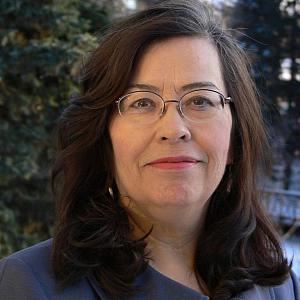
Joaqlin Estus
Staff Reporter

Staff Reporter
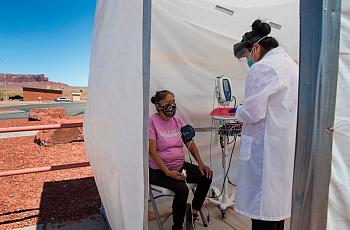
Candid reflections and takeaways from a brutally awful year in Indian County.
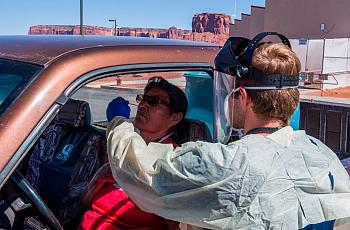
Tribes are finding strength and solutions in culture and tradition amid the devastation of COVID-19.
Alaska has the nation’s highest rate of people living without plumbing, and that can translate into real health problems for rural families. Despite the problem, state officials have declined to make the larger investments needed to improve conditions for the state's more remote residents.
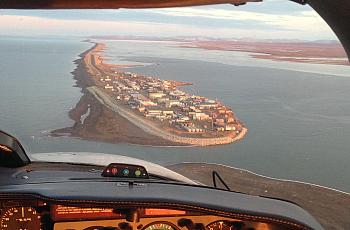
In communities without running water and flush toilets, 11 times more children develop pneumonia than other Alaskans, and some develop complications that can lead to lifelong respiratory problems.
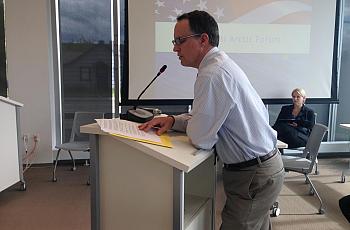
What if you didn’t have piped water and sewer, and the government wasn’t picking up the tab to extend such resources to you in rural Alaska? How would you go about finding a low-cost system that you could keep running through the winter?
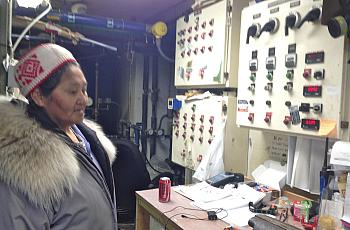
Even rural Alaskan communities that have raised the money to build modern sanitation systems face the threat of their ultimate failure due to the lack of funding for operations and maintenance, wiping away whatever health gains were achieved.
In her Kick the Bucket series, Joaqlin Estus tells the stories of rural Alaskans who are just getting used to modern plumbing, as well as others who are still waiting for running water.
You don't have to go to a foreign country to find Third World conditions. You can find more than six percent of Alaskans living in those conditions — without modern running water or sewer systems.
Joaqlin Estus produced this story while participating in The California Endowment Health Journalism Fellowships, a program of USC's Annenberg School of Journalism. It was originally published by Alaska Public Radio.
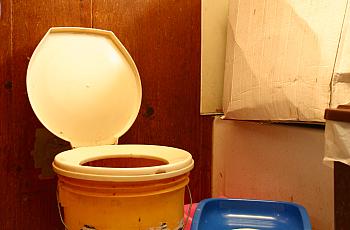
Using a bucket as a toilet, hauling water or chopping ice to melt for daily use are daily facts of life for thousands of Alaska natives. Meanwhile, the state is flush with cash, prompting the question of why such conditions persist.